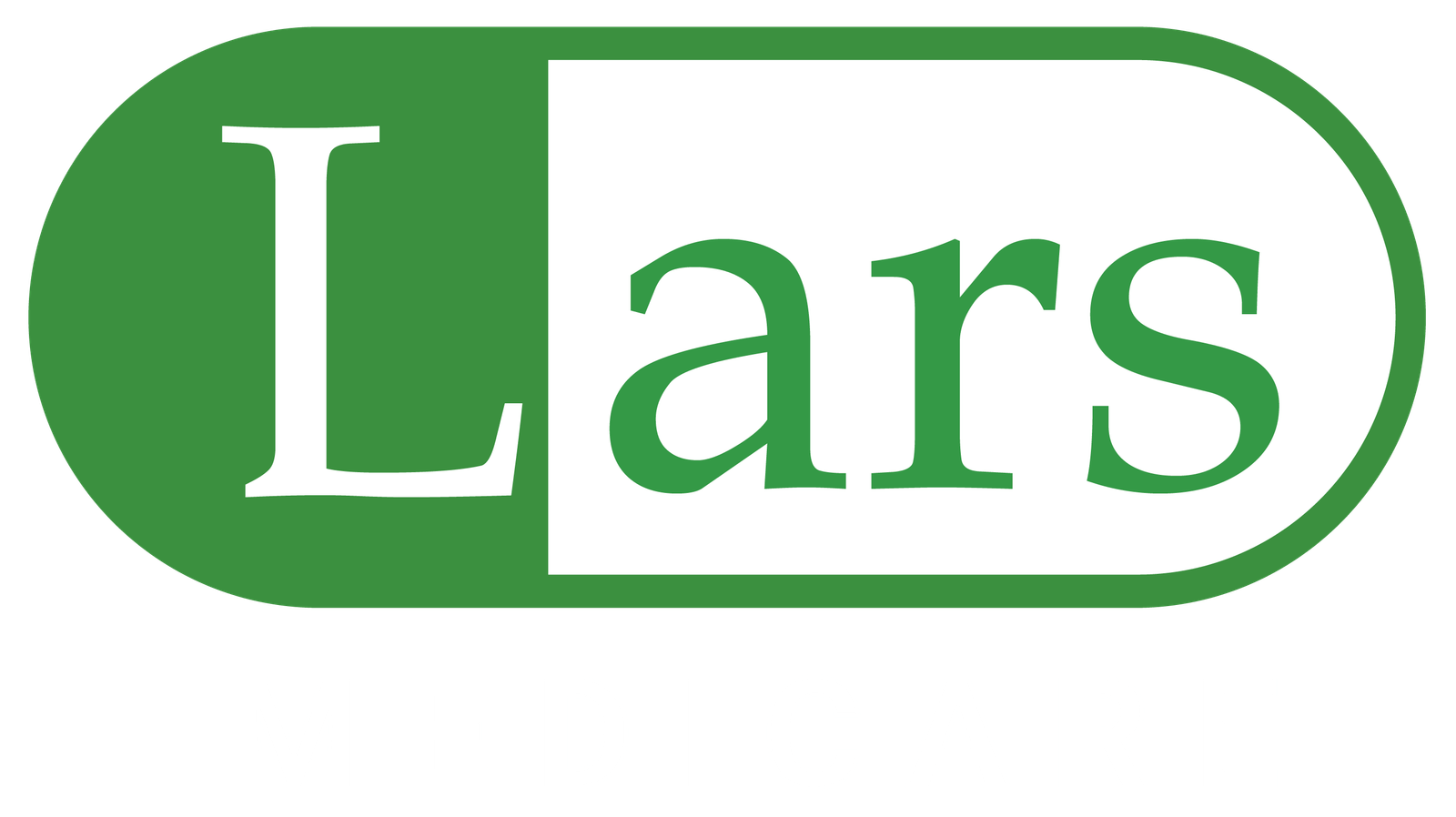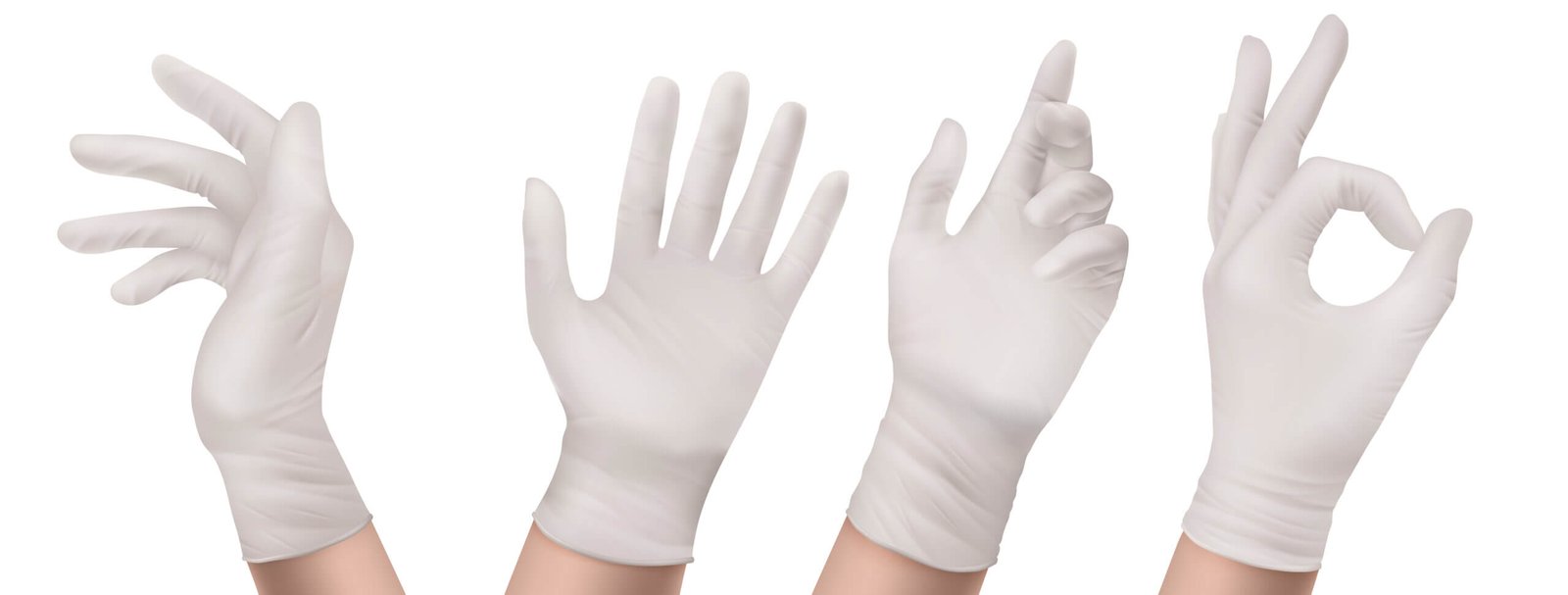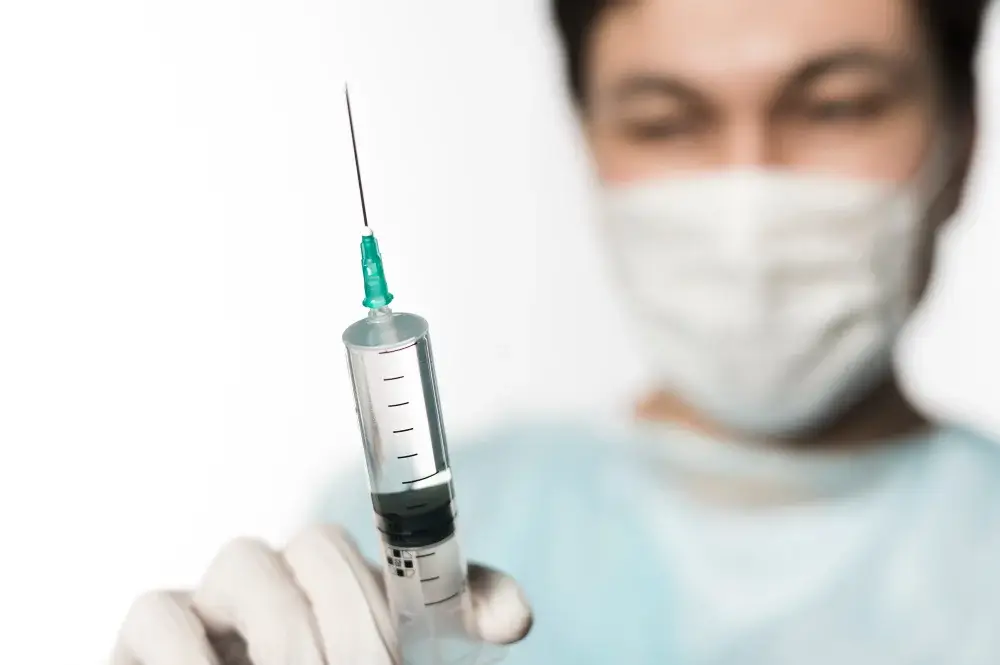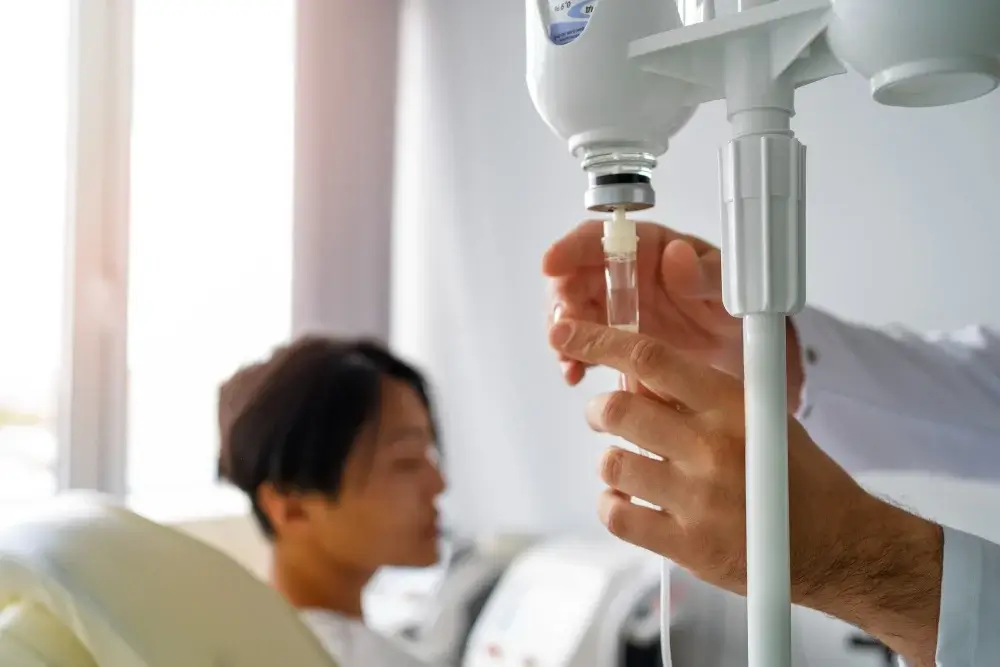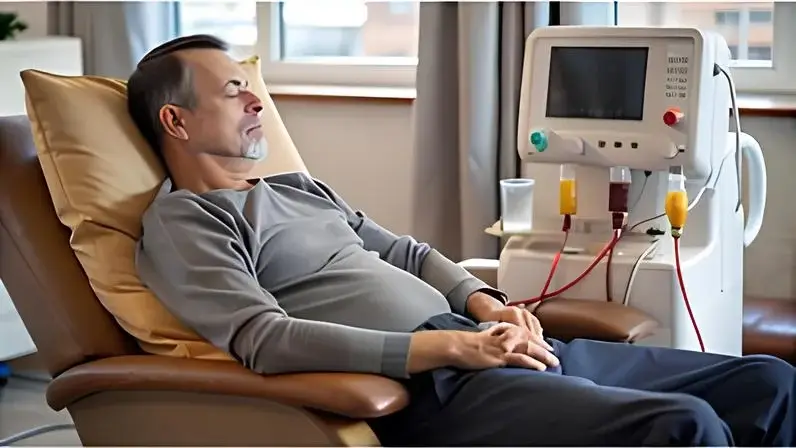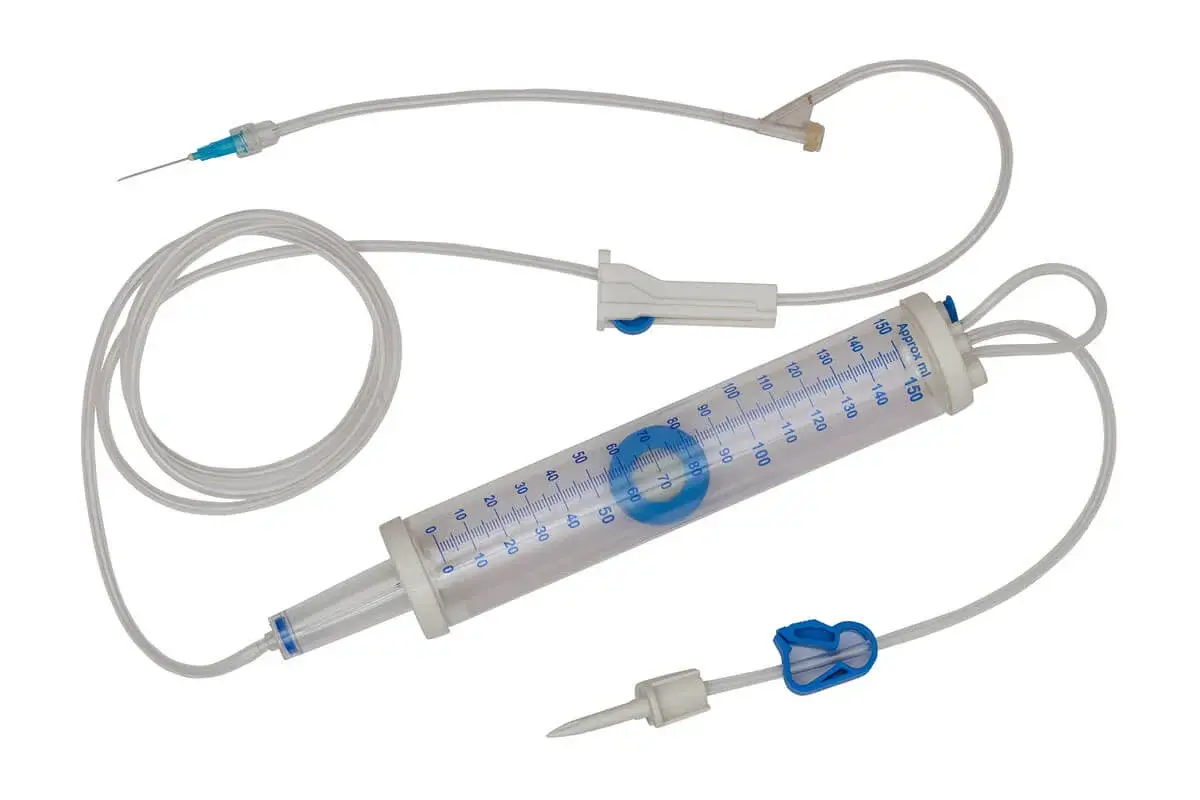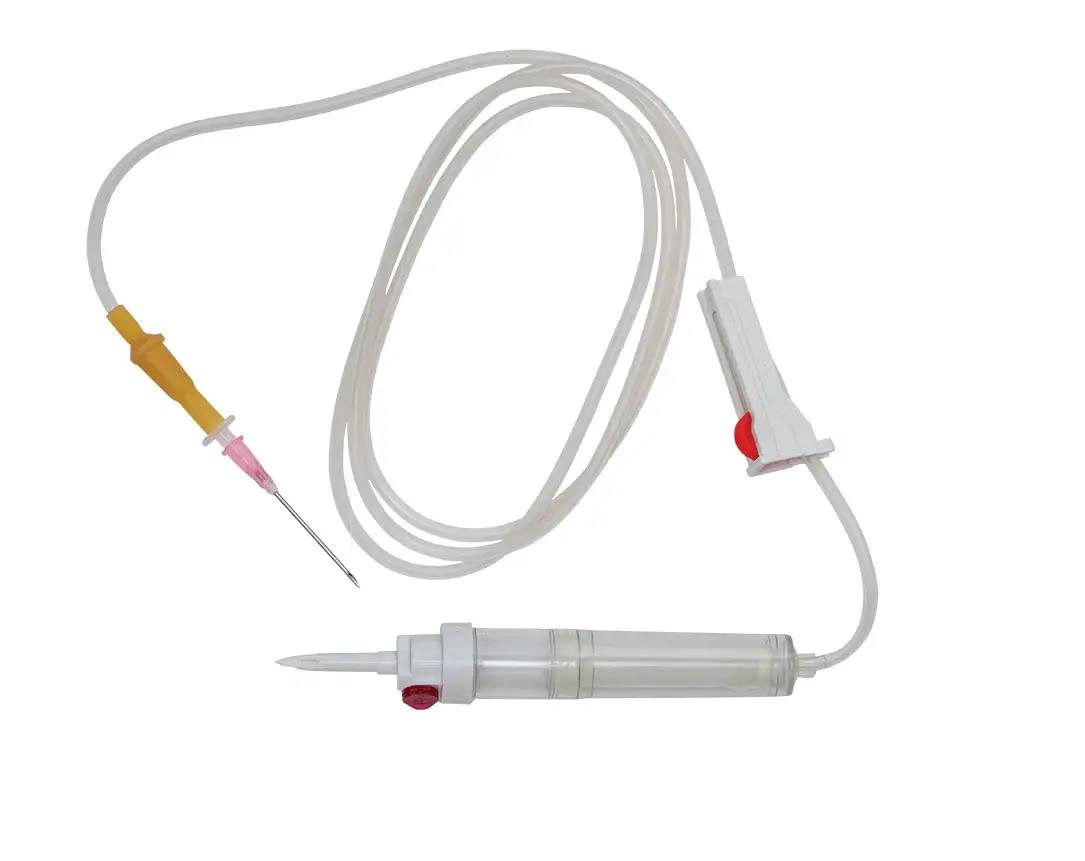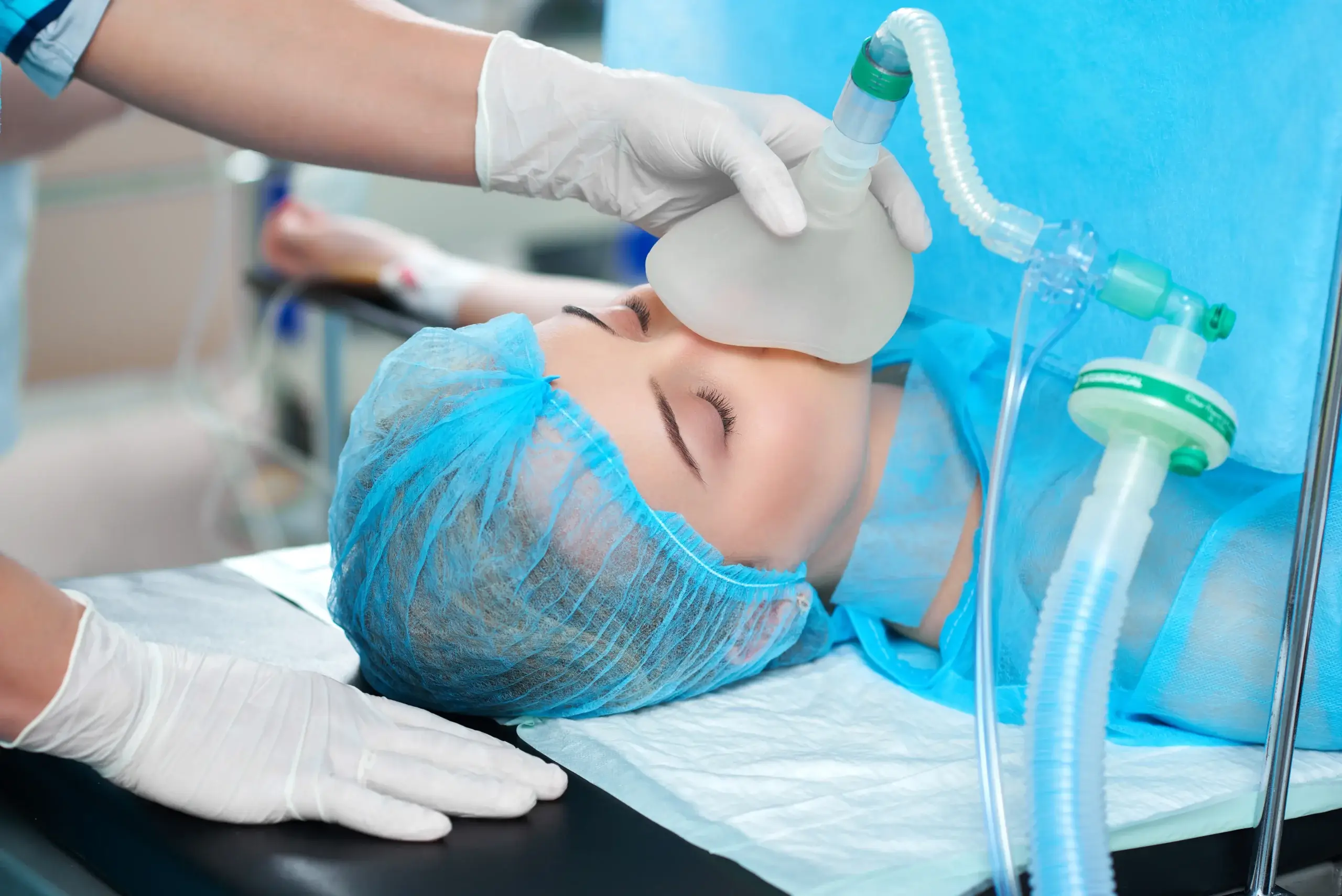
Understanding Respiratory Devices
Respiratory devices are critical tools utilized in the management of various respiratory conditions, facilitating the identification and treatment of complications that can arise from inadequate airway function or gas exchange. Their primary purpose is to aid patients in achieving proper breath regulation, airway clearance, and effective oxygenation. As such, these devices have become indispensable in both clinical settings and home care environments.
Respiratory devices can be broadly categorized into diagnostic devices, therapeutic devices, and life-supporting devices. Diagnostic devices, such as spirometers and peak flow meters, allow healthcare providers to assess lung function and diagnose potential respiratory disorders. These assessments enable practitioners to devise personalized treatment plans that address the specific needs of each patient.
On the therapeutic side, devices such as nebulizers and inhalers deliver medication directly to the lungs. These medications provide significant relief from symptoms associated with chronic conditions, including asthma, chronic obstructive pulmonary disease (COPD), and bronchitis. In addition, oxygen masks and concentrators play an essential role in providing supplemental oxygen, which is vital for patients experiencing hypoxemia or other forms of impaired oxygenation.
Life-supporting devices include ventilators and continuous positive airway pressure (CPAP) machines, which assist or take over the respiratory function in patients unable to breathe on their own, due to severe illness, accident, or surgery. Such devices are not only life-sustaining but also enhance the quality of life for those with chronic respiratory disorders.
A diverse range of patients, from individuals struggling with chronic illnesses to those requiring emergency care, benefit from respiratory devices. The advances in technology continue to enhance the efficacy and accessibility of these essential tools, thereby transforming respiratory care and patient outcomes significantly.
Oxygen Masks: Types and Uses
Oxygen masks are critical respiratory devices designed to deliver supplemental oxygen to patients experiencing respiratory distress. Various types of oxygen masks exist to cater to differing medical needs and conditions. Understanding these types can aid healthcare professionals and caregivers in selecting the appropriate equipment for effective oxygen therapy.
The simple oxygen mask is perhaps the most commonly used type. Characterized by its lightweight design, it covers the nose and mouth, providing oxygen flow at a rate of 6 to 10 liters per minute. This mask is typically employed when a patient requires mild to moderate oxygen supplementation. Its straightforward application allows for quick setup in emergency situations, making it a staple in both hospital and homecare settings.
Another significant type is the Venturi mask, which is designed to deliver precise concentrations of oxygen. The Venturi mask is specifically beneficial in managing patients with chronic respiratory conditions, such as COPD. By utilizing a color-coded system of adapters, it ensures the delivery of set oxygen concentrations, thus preventing risks associated with over-oxygenation.
Non-rebreather masks provide the highest concentrations of oxygen, typically used in critical situations. These masks incorporate a one-way valve design that prevents exhaled air from re-entering the mask, allowing patients to breathe nearly pure oxygen. They are crucial in emergency settings, especially for patients suffering from severe respiratory failure.
Proper fitting and usage of oxygen masks are paramount, as an ill-fitting mask can compromise the effectiveness of therapy. Oxygen therapy indications range from acute to chronic conditions, emphasizing the necessity of tailored treatment plans. The adaptability of oxygen masks to various levels of respiratory distress underscores their importance as essential tools in clinical and homecare environments.
Suction Sets: Importance in Airway Management
Suction sets are essential tools used in airway management, particularly for patients who experience excessive secretions or have impaired swallowing capabilities. These devices play a crucial role in maintaining clear airways, ensuring that patients can breathe without obstruction from mucus or other materials. Suction sets come in various forms, including portable and stationary options, allowing healthcare providers to choose the most suitable device based on the clinical situation and patient needs.
The functionality of suction sets revolves around their ability to effectively remove obstructions from the airway. This is accomplished through a simple yet effective mechanism where negative pressure is created to draw in secretions. When choosing a suction set, factors such as portability, suction force, and ease of use are critical. Stationary suction devices are often used in hospital settings where constant access to suction is required, while portable models are beneficial in emergency scenarios or for home care situations, enabling quick interventions when necessary.
Proper suctioning techniques are paramount to ensure patient safety and comfort. Before initiating suction, healthcare providers must assess the patient’s condition, including their level of consciousness and secretions’ characteristics. It is crucial to use sterile techniques to minimize the risk of infection, and suctioning should be performed intermittently to avoid trauma to the mucosa. Additionally, suctioning should always be done with close monitoring of vital signs to ensure that the patient remains stable throughout the procedure. The choice of suction catheter size and the duration of suction attempts are critical considerations that influence the effectiveness and safety of the procedure.
In summary, suction sets significantly enhance respiratory care by providing essential support in airway management. They contribute to patient comfort and safety, while also facilitating effective clearance of obstructions, thereby fostering an optimal environment for recovery and respiratory health.
Future Trends in Respiratory Device Technology
The respiratory device landscape is continuously evolving, driven by advancements in technology that aim to enhance patient care and outcomes. As healthcare professionals seek to improve the management of respiratory conditions, several key trends are emerging, including innovations in portable oxygen concentrators, smart inhalation devices, and digital monitoring systems.
Portable oxygen concentrators (POCs) have seen significant technological advancements, making them lighter, more efficient, and user-friendly. These devices now feature longer battery life and improved delivery systems that support better mobility for patients requiring supplemental oxygen. The trend toward miniaturization not only enhances portability but also encourages adherence to oxygen therapy by providing patients with greater freedom to engage in daily activities.
In parallel, smart inhalation devices are gaining traction. These devices are equipped with sensors that track medication usage and provide feedback to the user and healthcare providers. By incorporating mobile applications, these inhalers can perform adherence tracking and remind patients to take their medication, which is crucial in the management of chronic respiratory diseases such as asthma and COPD. Such innovations ensure timely interventions that can prevent exacerbations and improve overall asthma control.
The integration of digital monitoring systems represents another pivotal change in respiratory care. These systems can continuously collect and analyze patient data, allowing healthcare providers to monitor lung function in real-time. By leveraging this data, clinicians can make informed decisions and adjust treatment plans promptly, leading to improved patient outcomes.
Furthermore, the rise of telemedicine and artificial intelligence (AI) is revolutionizing respiratory medical practice. Telemedicine enables remote consultations, extending access to respiratory care for patients in underserved regions. AI applications can augment diagnostic processes and predictive analytics, assisting healthcare providers in identifying at-risk patients and personalizing treatment pathways effectively. These emerging technologies promise to significantly enhance the quality of respiratory support, ensuring better management of respiratory conditions and fostering improved patient satisfaction.
